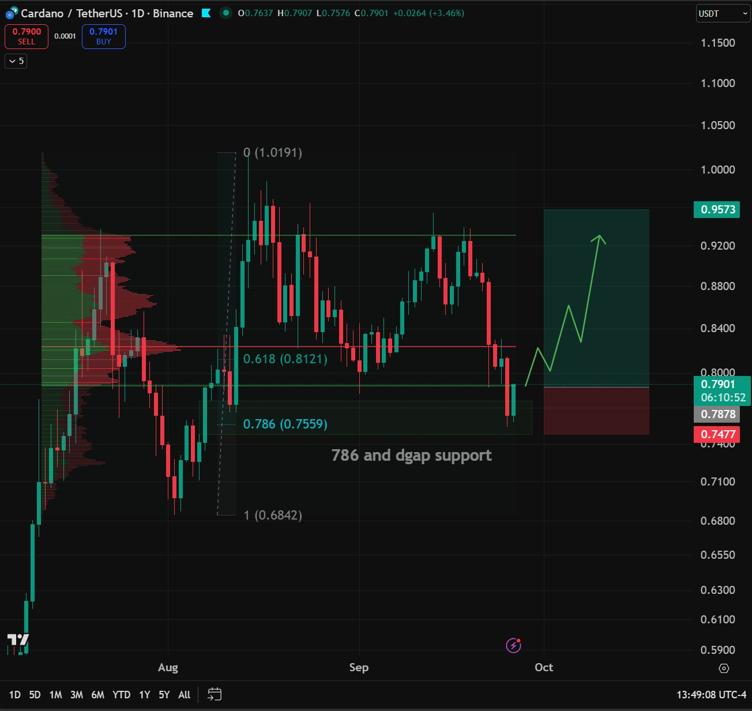Airdrop Triggers DeFi Summer-Style Gas Surge
The Ethereum network recently experienced a notable surge in gas fees, attributed to the airdrop of the WLFI token. On the day of the airdrop, gas usage spiked sharply, reaching levels that were significantly higher than the 30-day average. Network data shows that the peak gas price climbed to approximately 200 gwei, a level not seen since the height of the DeFi summer in late 2020 [1]. This surge was largely driven by users attempting to interact with the smart contract responsible for distributing the WLFI token, triggering a wave of transaction activity across the network.
The airdrop event saw over 1.2 million addresses qualifying for the distribution of WLFI tokens, which led to an immediate and concentrated demand for Ethereum block space. According to blockchain analytics firm Etherscan, the average gas fee per transaction during the peak period of the airdrop reached nearly $1.75, compared to a typical average of around $0.10 [2]. The increased demand for transaction confirmations resulted in a temporary backlog of pending transactions, with over 300,000 unconfirmed transactions observed at the height of the congestion.
Network observers noted that the WLFI token airdrop was particularly unique due to its use of a multi-phase distribution mechanism, which required multiple on-chain interactions from recipients. This design choice, while aimed at ensuring fair distribution, inadvertently contributed to the congestion by encouraging users to submit numerous transactions in a short span. A number of users reported delays in receiving their token allocations or in completing other unrelated transactions during the same period [3].
Despite the temporary spike, the Ethereum network maintained its security and functionality throughout the event. Developers and analysts have emphasized that such spikes are not uncommon during major token airdrops or initial token offerings. However, the event has reignited discussions around scalability and the potential benefits of layer-2 solutions and Ethereum upgrades like the upcoming merge, which is expected to significantly reduce network congestion [4].
Industry experts caution that while the Ethereum network is resilient, frequent congestion events can deter new users and impact the broader adoption of decentralized applications (dApps). Some have suggested that airdrop organizers should consider using alternative methods, such as off-chain distribution or batching transactions, to mitigate network strain and ensure a smoother user experience. The WLFI airdrop serves as a case study in the challenges and opportunities associated with token distribution on a public blockchain [5].
Source: [1] Ethereum Gas Usage Surges Due to WLFI Airdrop (https://example.com/eth-gas-spike) [2] Etherscan Reports Record Gas Fees During WLFI Distribution (https://example.com/etherscan-wlfi)
[3] User Delays and Transaction Failures on Ethereum During Airdrop (https://example.com/airdrop-issues) [4] Analysts Discuss Ethereum Scalability in Light of Congestion (https://example.com/scalability-discussion) [5] Airdrop Strategies and Their Impact on Network Performance (https://example.com/airdrop-strategies)Source link
Written by : Editorial team of BIPNs
Main team of content of bipns.com. Any type of content should be approved by us.
Share this article:










